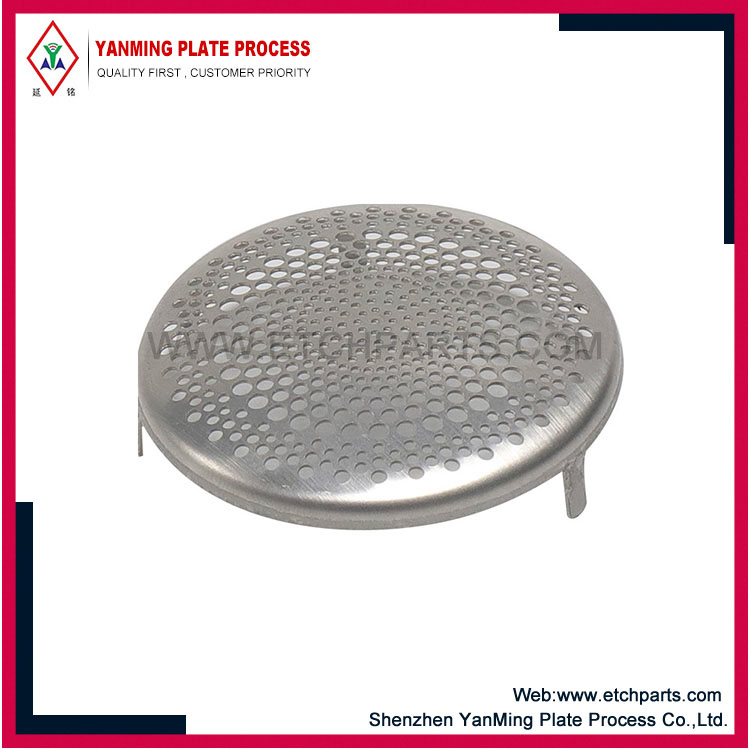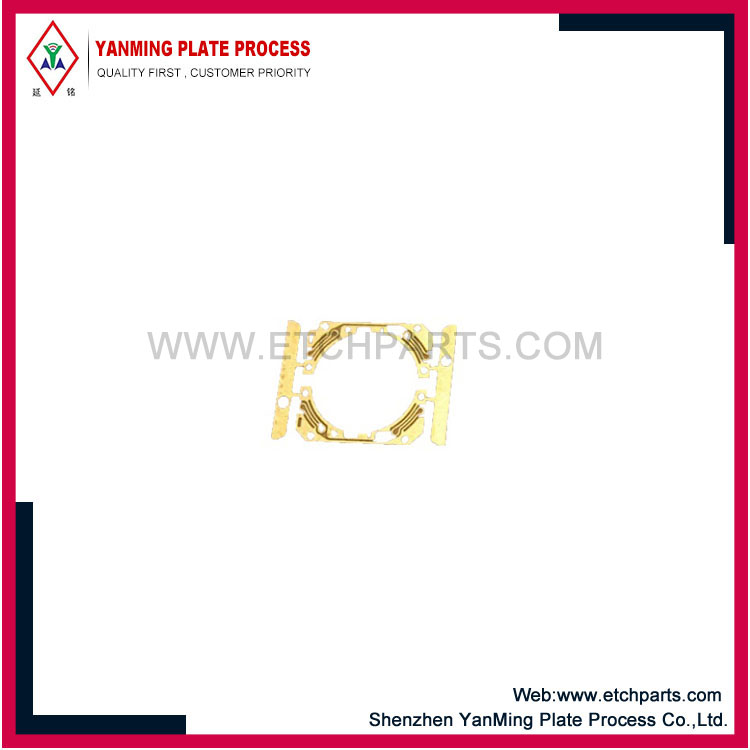Copper etching is a selective removal process used to create images on copper plates. Most etching processes require a metal plate that is covered with a non-reactive material, which is then selectively removed.
Copper plates are exposed to corrosive substances that remove small amounts of copper without affecting the protected area. In the past, this was done with wax as well as different acids. Modern copper etching typically uses less toxic materials such as ferric chloride instead of acids and sodium carbonate to remove it. Modern etching technology is used in everything from artistic expression to printing inks to laying paths on circuit boards. The most common industrial use of copper for etching is in the fabrication of circuit boards.
Historically, copper etching was a method of creating decorations on metal objects, such as metal plates, guns, or bells. Often the same person makes these decorations. Over time, etching became popular as a distinct art form;
The first commercial uses of etching came into use, creating large quantities of plates for printing material. All of these historical methods use the same process. The metal is covered with a layer of molten wax and allowed to solidify. The etcher uses a special knife to remove the wax until the exposed copper forms the desired image, or the image is the only part still covered. This prepared plate will be immersed in an acid bath or acid will be poured over it. After some time, the etcher removes the plate from the acid and covers it with a neutralizing mixture. Modern methods use the same basic process; they just change some details. In commercial or industrial copper etching, the etching machine can be operated by a computer rather than a human. The acids and solvents used in the past have been replaced by non-toxic alternatives. In many cases, wax remains the non-reactive substance of choice, although some industrial processes use plastic sheets instead.
Finally, these waste materials are usually recycled and reused. The most common industrial use of copper etching is to make circuit boards, such as the green boards found in everything from toasters to cell phones. To make a circuit board, the base plate is covered with an extremely thin layer of copper and then covered with a layer of non-reactive plastic. A computer-assisted etching machine removes the unwanted plastic coating and then sprays the entire circuit board with solvent. This removes all the copper except for the channels which are still covered. The board is then stamped and drilled to create space for the attached components.

 English
English  Español
Español  Português
Português  русский
русский  Français
Français  日本語
日本語  Deutsch
Deutsch  tiếng Việt
tiếng Việt  Italiano
Italiano  Nederlands
Nederlands  ภาษาไทย
ภาษาไทย  Polski
Polski  한국어
한국어  Svenska
Svenska  magyar
magyar  Malay
Malay  বাংলা ভাষার
বাংলা ভাষার  Dansk
Dansk  Suomi
Suomi  हिन्दी
हिन्दी  Pilipino
Pilipino  Türkçe
Türkçe  Gaeilge
Gaeilge  العربية
العربية  Indonesia
Indonesia  Norsk
Norsk  تمل
تمل  český
český  ελληνικά
ελληνικά  український
український  Javanese
Javanese  فارسی
فارسی  தமிழ்
தமிழ்  తెలుగు
తెలుగు  नेपाली
नेपाली  Burmese
Burmese  български
български  ລາວ
ລາວ  Latine
Latine  Қазақша
Қазақша  Euskal
Euskal  Azərbaycan
Azərbaycan  Slovenský jazyk
Slovenský jazyk  Македонски
Македонски  Lietuvos
Lietuvos  Eesti Keel
Eesti Keel  Română
Română  Slovenski
Slovenski  मराठी
मराठी  Srpski језик
Srpski језик 





